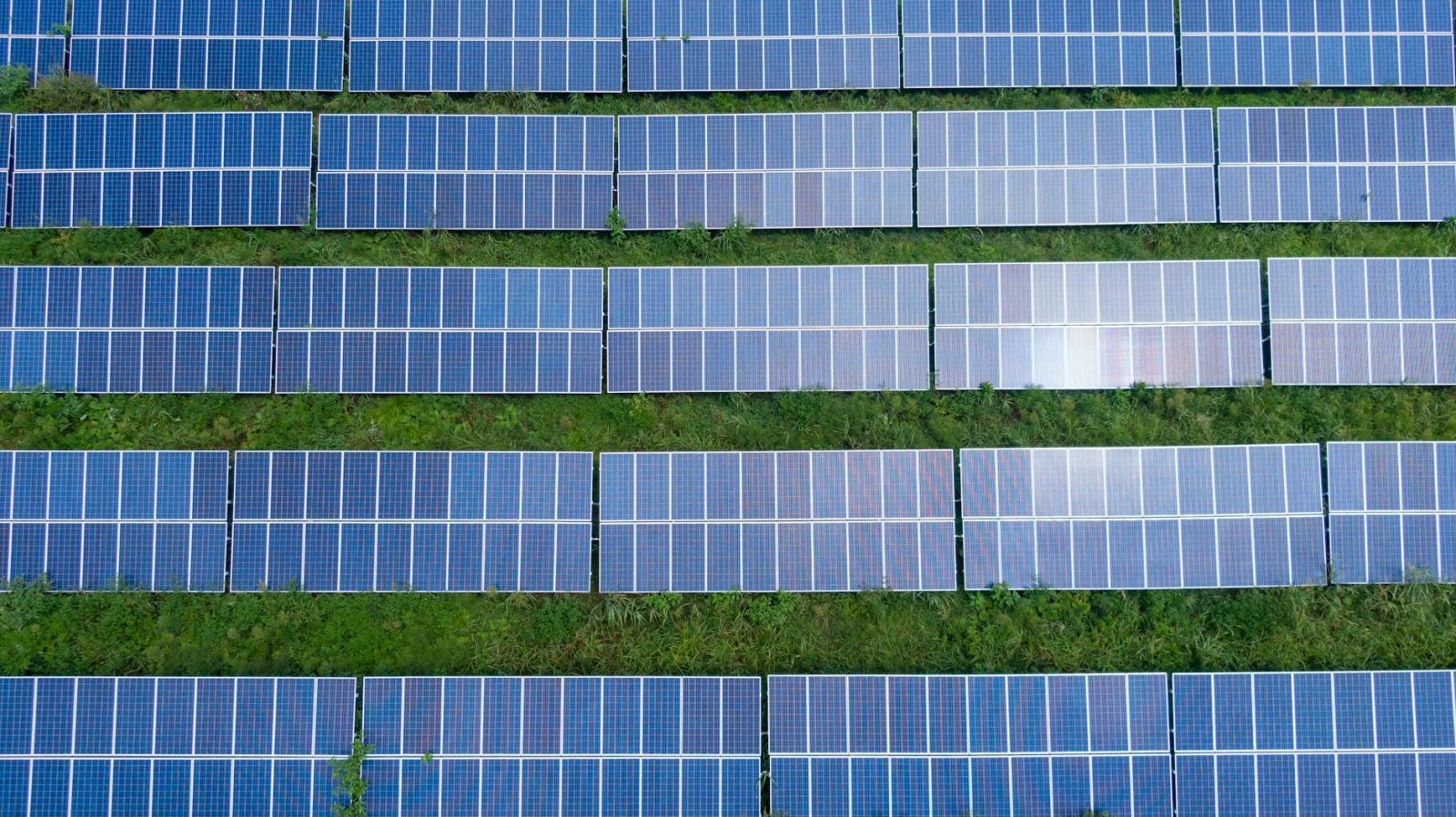
Just days after a massive election win, UK’s new Labour government has hit the ground running and is already making progress on increasing solar power deployment.
The UK just held an election on July 4th, in which the country declared its independence from the Tories (heh) and handed Labour a historic landslide win.
The new Labour government has made green energy policy a priority, wanting to rapidly increase solar and wind power.
In service of that goal, Energy Secretary Ed Miliband approved three solar farms this weekend, at the end of his first full week on the job. The farms are in Suffolk/Cambridgeshire, Lincolnshire, and Rutland – all in east England. The first two farms will generate 500MW of power, the latter will generate 350MW.
The farms had been blocked by the previous Tory administration, which Miliband worked quickly to remedy.
Combined, these three projects account for 1.35GW, or about 2/3 as much as the total solar capacity installed in the UK last year. This amount of power is enough to supply around 400,000 homes with electricity.
Miliband also said he wants to start a “rooftop revolution” by rewriting planning rules to enable more rooftop solar, both for existing homes and for buyers seeking to purchase newly built homes with panels already installed. (We reported on a similar move in Michigan last week which made it easier for homeowners in an HOA to install rooftop solar.)
I want to unleash a UK solar rooftop revolution. We will encourage builders and homeowners in whatever way we can to deliver this win-win technology to millions of addresses in the UK so people can provide their own electricity, cut their bills and at the same time help fight climate change
Ed Miliband, UK Energy Secretary
Those regulations have not yet been rewritten, but we’ll see more on them in the future.
In addition to this weekend’s solar announcements, last week, Miliband lifted restrictions that had been put on onshore wind that had amounted to a “de facto” ban on its installation. The previous policy blocked any project that received any public pushback whatsoever, regardless of the scale of that pushback – allowing NIMBYs to stop any improvement in Britain’s energy future.
Top comment by Leonard Bates
My experience with solar. We installed a 8.8 kW-h array in 2020. Installed a new roof at the same time and got tax credit on the whole $50K bill. The solar was $28K and our after tax rebate price was around $19K (just remembering here). Our utility was buying our power at 95% of their "sell price", so a generous compensation deal. Our payback on the project was originally 12 years, but when we moved to all EVs, we saved another $1,800 a year by not buying gas and because we made a few efficiency changes, we didn't see our utility bill go up with the EVs. I think our new payback is about 7 or 8 years, so financially this is a slam dunk.
The best part is "Energy Independence". Our electrical power price is fixed and gets better every year. Our utility recently announced a 30% price increase over the next two years, but we are laughing. Same with gasoline. Troubles in the Middle East? We are indifferent because we don't buy gasoline.
The new projects and policies are working towards Labour’s goal to double onshore wind, triple solar power, and quadruple offshore wind by 2030. Labour also plans to introduce a new state-owned power company, GB Energy, to accelerate the decarbonization of energy supply, which we should hear more about in the coming week.
Renewable energy is seen as important for Britain not only due to its lack of pollution, but because it will help to provide energy security. Much of Europe’s methane comes from Russia, meaning that running electricity generation off of fossil gas helps to fund the invasion of Ukraine. This is not only unpopular across the continent and in the UK specifically, but it also contributes to volatility of electricity prices for Britons. Installing more domestic sources of electricity in the form of wind and solar can help to reduce that volatility and dependence on foreign energy sources.
If you’re considering going solar in the US, it’s always a good idea to get quotes from a few installers. To make sure you find a trusted, reliable solar installer near you that offers competitive pricing, check out EnergySage, a free service that makes it easy for you to go solar. It has hundreds of pre-vetted solar installers competing for your business, ensuring you get high-quality solutions and save 20-30% compared to going it alone. Plus, it’s free to use, and you won’t get sales calls until you select an installer and share your phone number with them.
Your personalized solar quotes are easy to compare online and you’ll get access to unbiased Energy Advisors to help you every step of the way. Get started here. – ad* (EnergySage is only available in the US, sorry Britons)
FTC: We use income earning auto affiliate links. More.





Comments